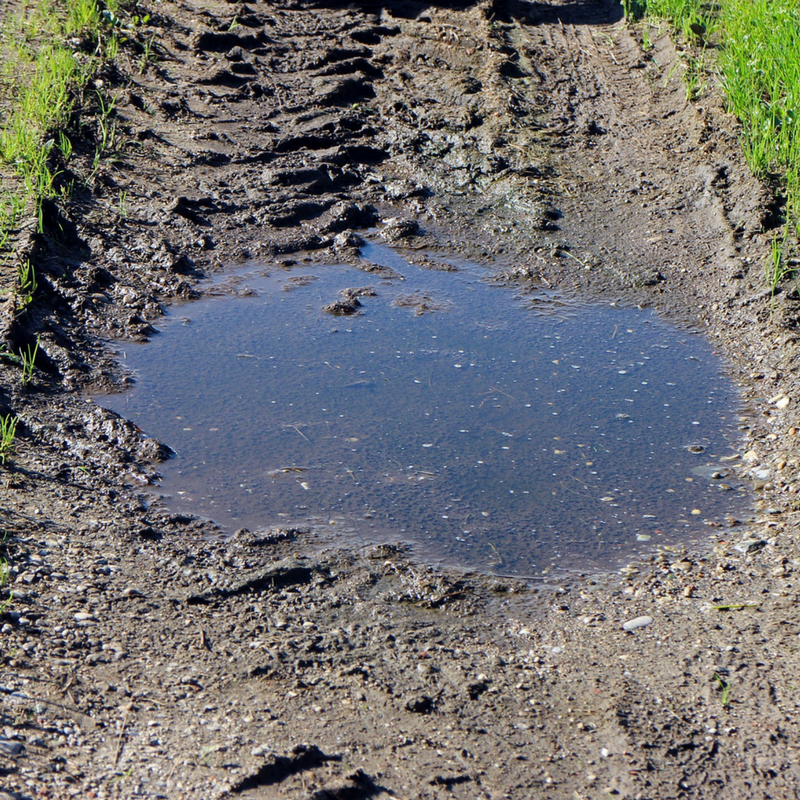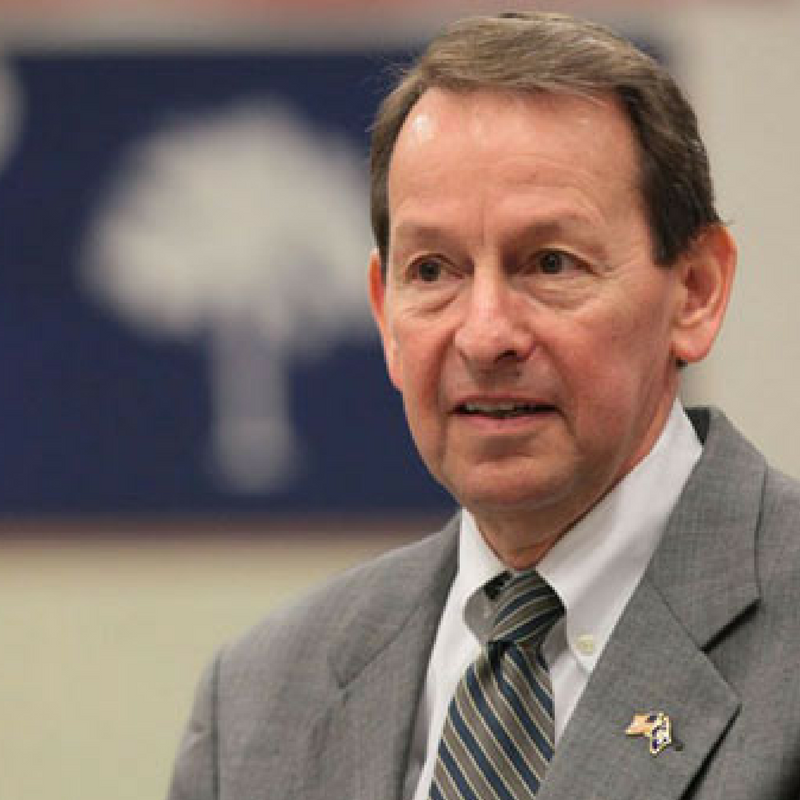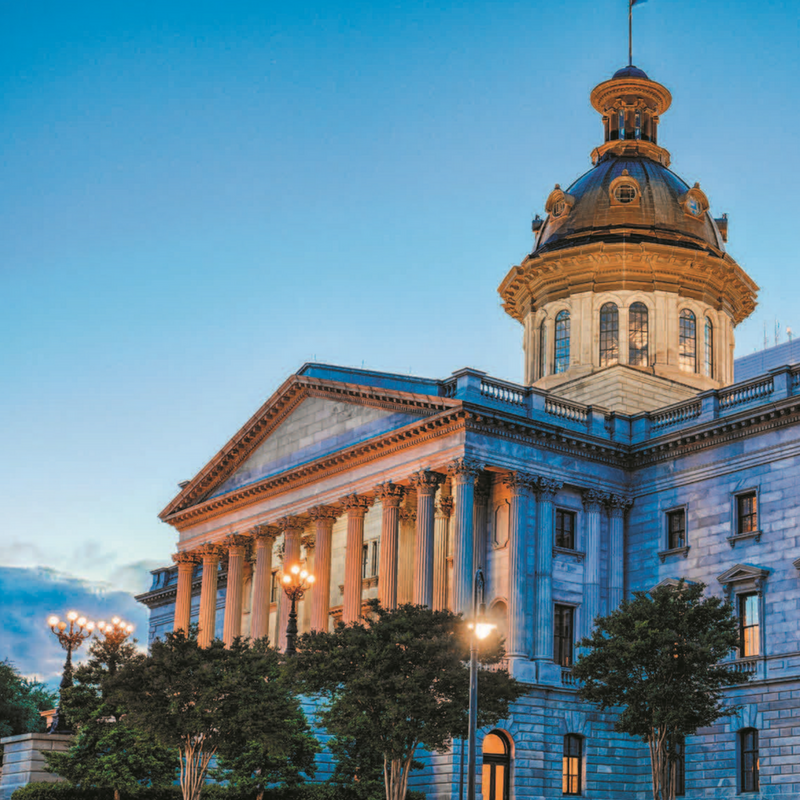What in the Wetlands? Exposing the absurdity of EPA overreach

Adam Crain
South Carolina Attorney General Alan Wilson recently praised the Trump Administration’s decision to revoke an Obama-era regulation known as the Clean Water Rule, calling it a “victory for common sense.”[i] Meanwhile, environmental activists issue dire warnings about the threat this decision poses to water quality. Confused? Let’s try to unravel the knot.
First, a bit of important technical background. The Rule was billed as a necessary clarification of the 1972 Clean Water Act (CWA), which functionally failed to put limits on the jurisdiction of the EPA by not clearly defining “waters of the United States.” Confusion over the EPA’s power was further fomented by two words – “significant nexus” – in U.S. Supreme Court Justice Anthony Kennedy’s 2006 concurring opinion in the case Rapanos v. United States.
Here’s the backstory on that case.
A majority of the court voted to vacate charges brought against Mr. Rapanos, a Michigan developer, for filling in wetlands (a charge he denies), with the Court’s conservative wing arguing that his “wet field” did not meet the CWA definition of “waters of the United States” because it had no “continuous surface water connection” to a “navigable waterway.”[ii]
While Justice Kennedy agreed that the charges against Mr. Rapanos’ should be vacated, he differed from the opinion by arguing that the scope of federal jurisdiction over bodies of water included all bodies of water with a “significant nexus” to a “navigable waterway.”
[popuppress id=”3155″]
Thus, the Court couldn’t produce a majority opinion in Rapanos, and punted it back to a lower court, leaving the scope of federal jurisdiction under the Clean Water Act unanswered. Since then, it’s been an open question: What does “significant nexus to a navigable waterway” mean?
But, what in the wetlands does this have to do with South Carolina and why does it matter?
Simply this: the scope of the federal government’s power over your property is directly related to the definition of “significant nexus.”
If “significant nexus” means the federal government has the power to regulate all water that eventually flows into a navigable river, whether on the surface or underground, then the American people are legally liable for “interrupting” even the smallest area of saturated ground! The late Justice Scalia, who wrote the plurality decision for the court, summed up the reach of federal power the following way:
“The EPA has interpreted their jurisdiction to cover 270-to-300 million acres of swampy lands in the US – including half of Alaska and an area the size of California in the lower 48 states. The EPA has also asserted jurisdiction over virtually any parcel of land containing a channel or conduit – whether man-made or natural, broad or narrow, permanent or ephemeral – through which rainwater or drainage may occasionally or intermittently flow. On this view, the federally regulated “waters of the US” include storm drains, roadside ditches, ripples of sand in the desert that may contain water once a year, and lands that are covered by floodwaters every 100 years. Because they include the land containing storm sewers and desert washes, the statutory “waters of the United States” engulf entire cities and immense arid wastelands. In fact, the entire land area of the US lies in some drainage basin, and an endless network of visible channels furrows the entire surface, containing water ephemerally wherever the rain falls.”[iii]
Justice Scalia’s acerbic opinion would have been humorous, if the Obama administration hadn’t in fact made it a reality by doubling-down on the EPAs expansive power with their “regulate-every-molecule” approach in the Clean Water Rule.
In a gross oversimplification of the issue, supporters of the Trump Administration’s action to revoke the Rule have been derided as being “anti-clean water.” So is it possible to support both clean water and individual property rights?
Though you might be led to believe otherwise from the press, it is not unreasonable to believe that there is a way to allow a farmer to fill in a ditch caused by recent flooding or a developer to add fill to a low spot on his property without fear of criminal liability…while also maintaining clean waterways for people to enjoy recreationally and to harness for drinking water.
Supporters of the Rule will no doubt point to exemptions for farmers – a subset of the population at higher risk for liability by virtue of their occupation – and exclaim that “ephemeral ditches” are not subject to the EPA’s regulation. But, who defines an “ephemeral ditch?” When Mr. Rapanos filled in the “ephemeral ditch” on his land in Michigan, he ended up in prison and having his case heard at the Supreme Court.
If, according to Justice Kennedy’s logic, “waters of the United States” essentially means all water in the United States, then opponents of federal-government-power-grabs are right to be suspicious of the flimsy “protections” built into the Obama-era regulation.
Americans in the United States spend billions of dollars each year obtaining permits to avoid criminal liability stemming from EPA regulation. They spend the money to defend themselves from an EPA empowered by an ever-expansive reading of the Clean Water Act of 1972.
The middle ground? It all comes down to federalism.
It is perfectly reasonable to empower the federal government to regulate activity that affects large bodies of water that cross multi-state boundaries, like the oceans and the network of streams and rivers that carry water to them.
Beyond that however, one-size-just-doesn’t-fit-all. States must have the authority, as intended by the Founders, to safeguard their natural resources and weigh the individual merits of cases within their borders. In fact, South Carolina’s has an entire agency – the Department of Health and Environmental Control (DHEC) – that is charged with doing just that!
So while Rule advocates like former EPA chief Gina McCarthy take a fear-based, ideological stance that the Trump Administration’s decision “denies 117 million people in the US of the comfort of knowing the waters they rely on for drinking water are not being polluted,”[iv] the truth of the matter is that we’re just finding our way back to firmer ground – based in the principles of federalism – where we safeguard both individual property rights and the environment.
[i] The State, “SC Attorney General Glad Wetlands Rule Will Dry Up.” June 27, 2017
[ii] Rapanos v. United States. No. 04-1034 U.S. 2006
[iii] Ibid.
[iv] Cama, Timothy. “Trump Moves to Kill Obama Water Rule.” TheHill. 28 Feb. 2017. Web. 11 July 2017.





